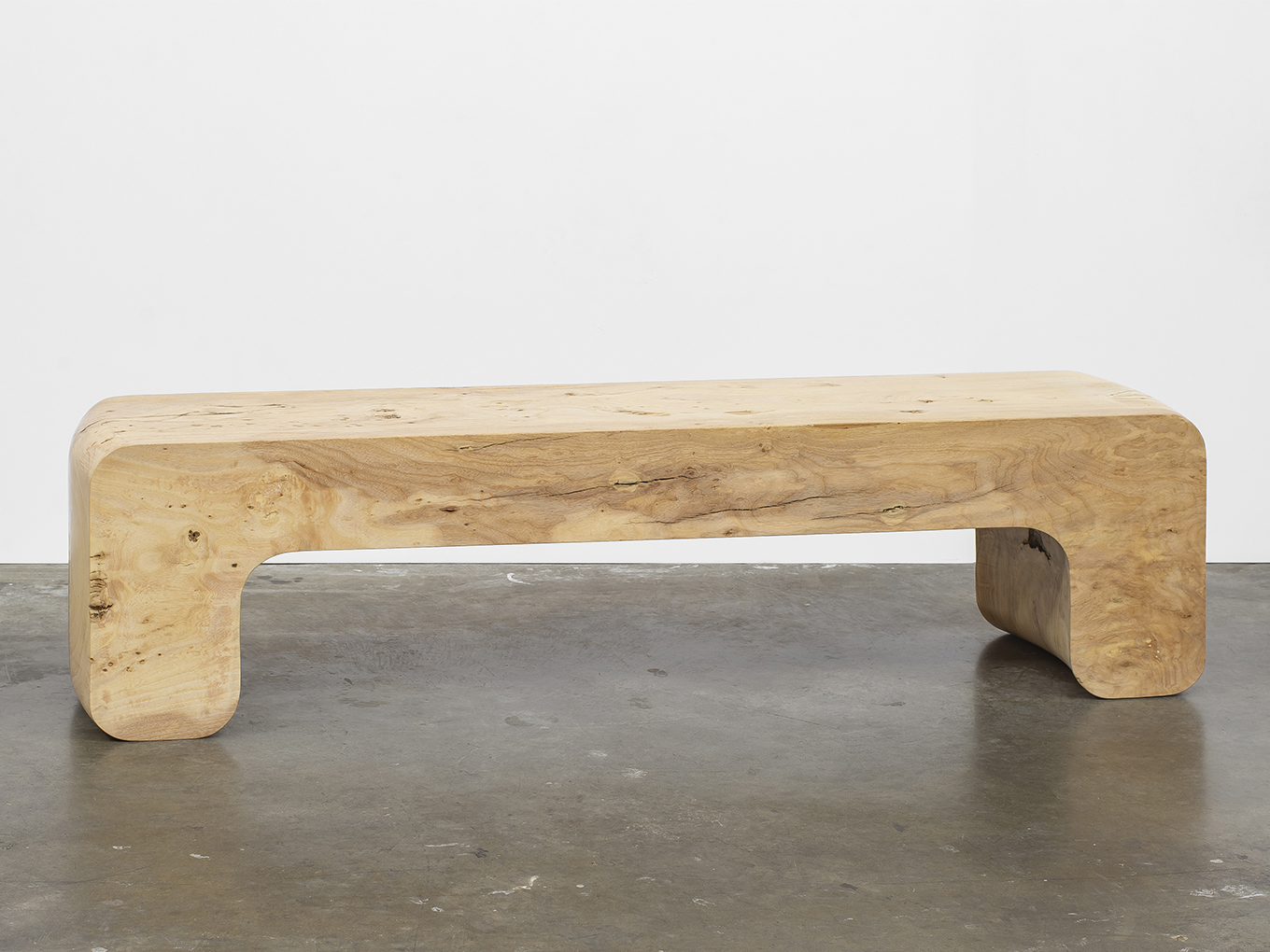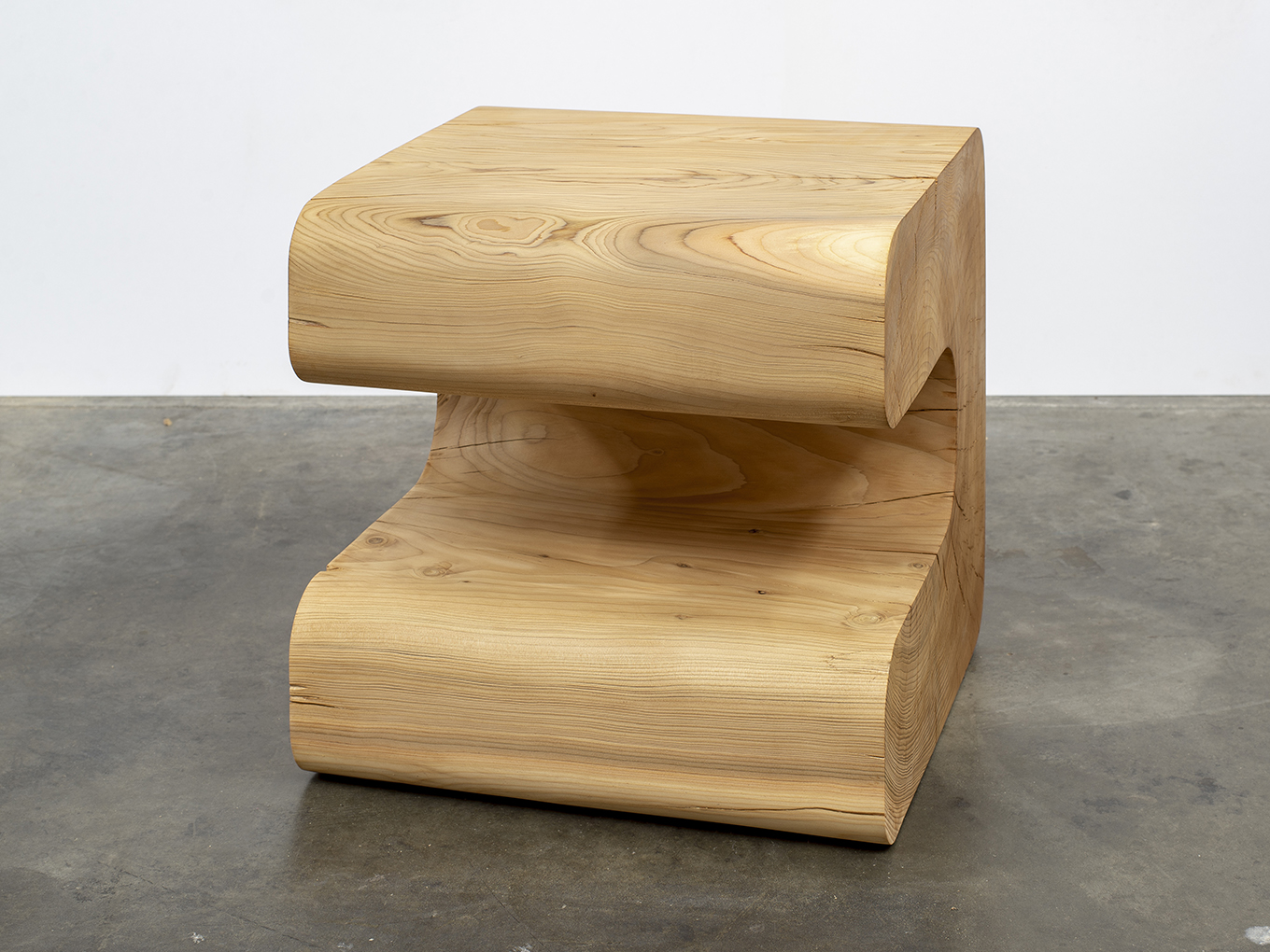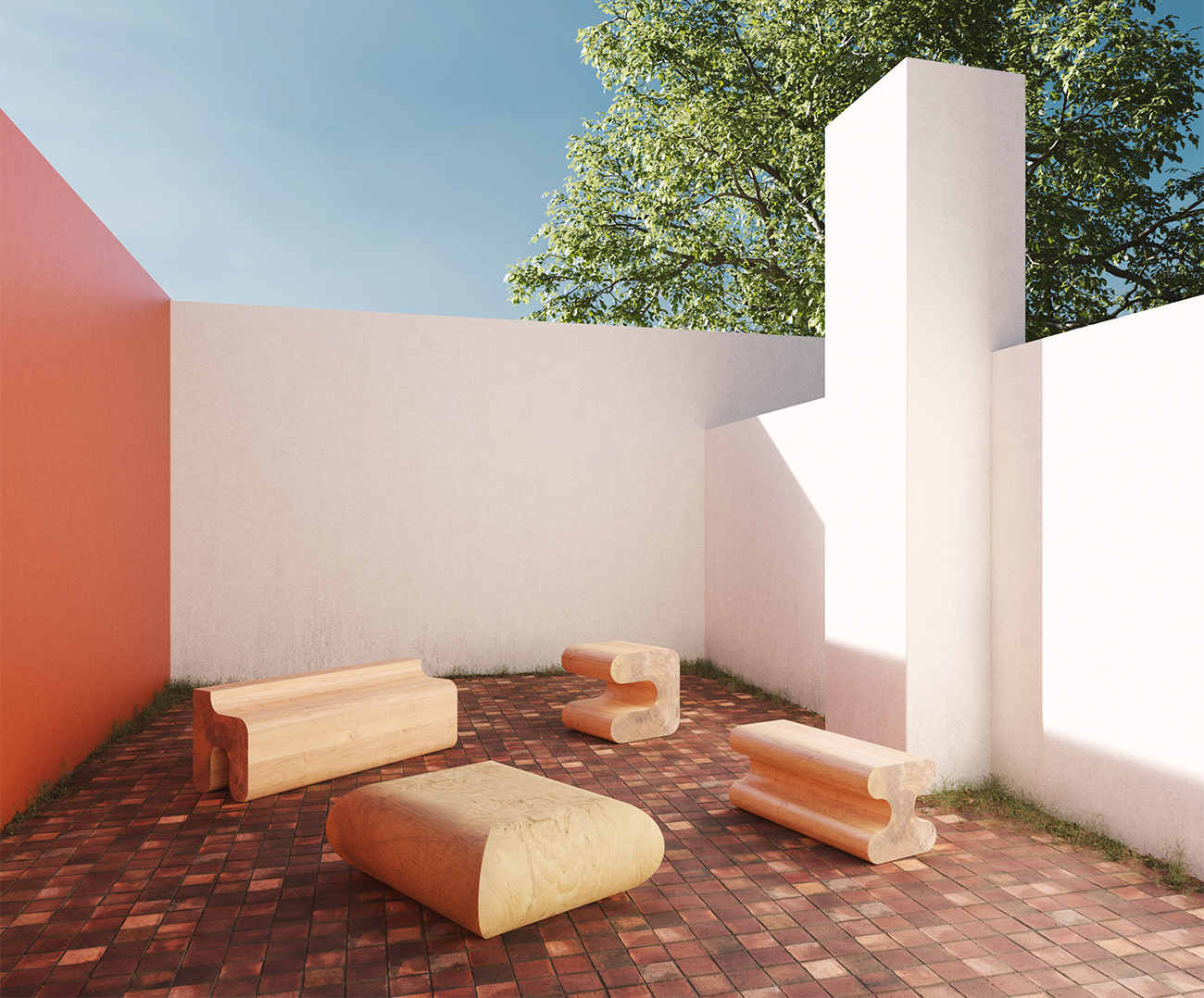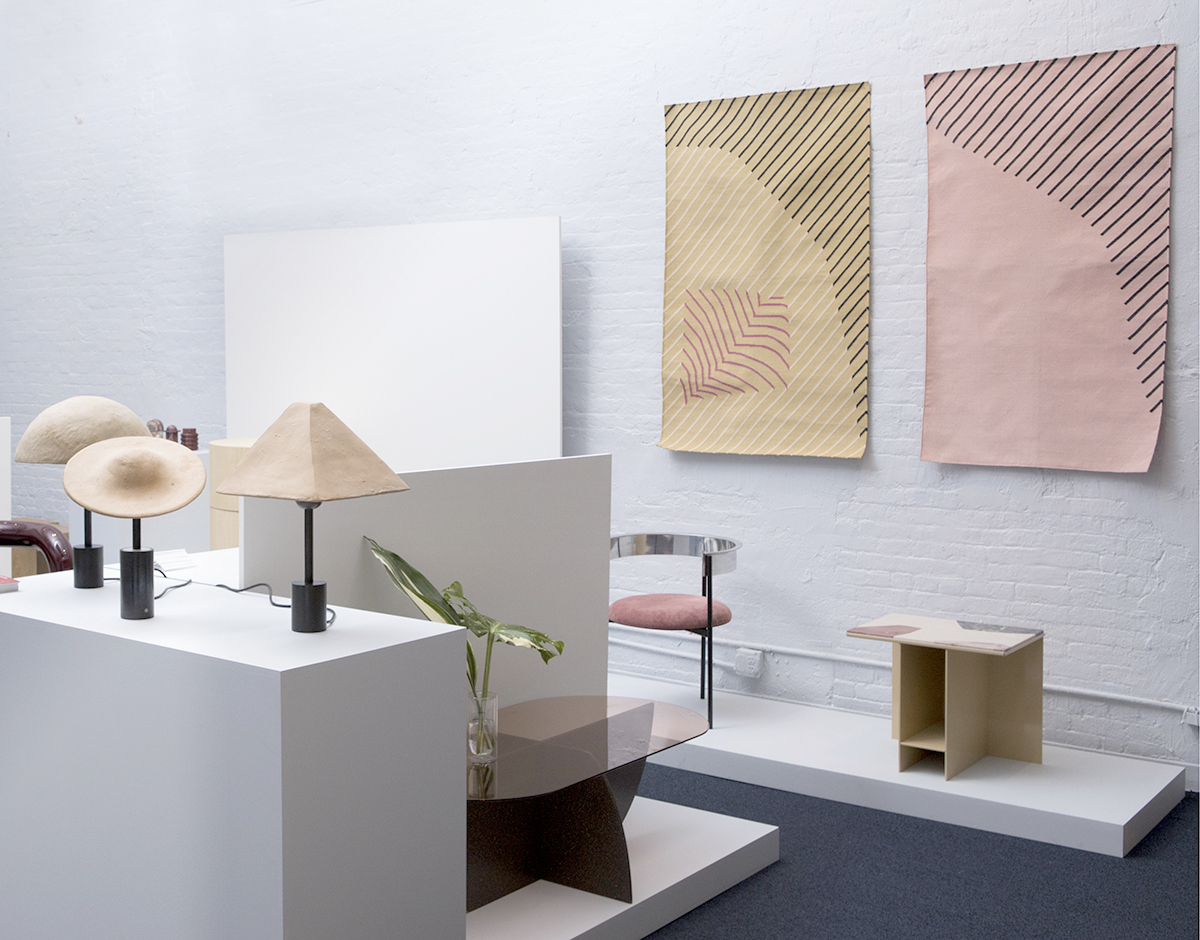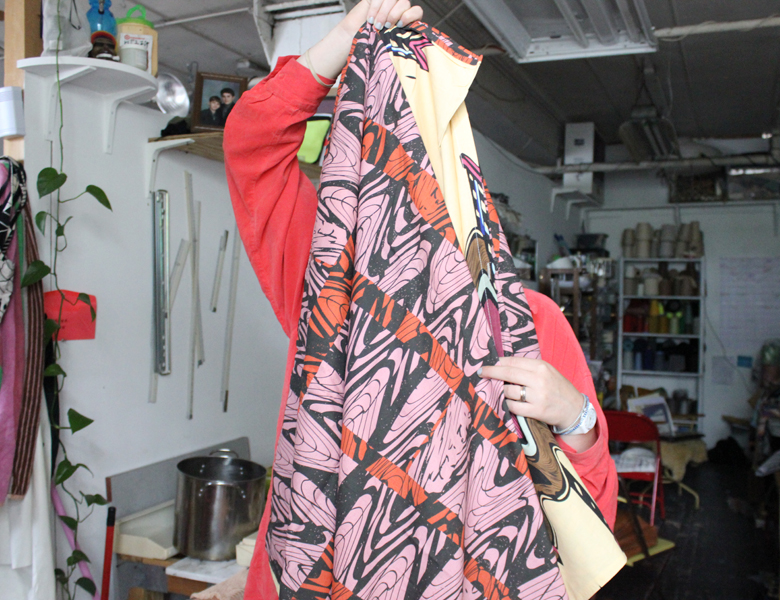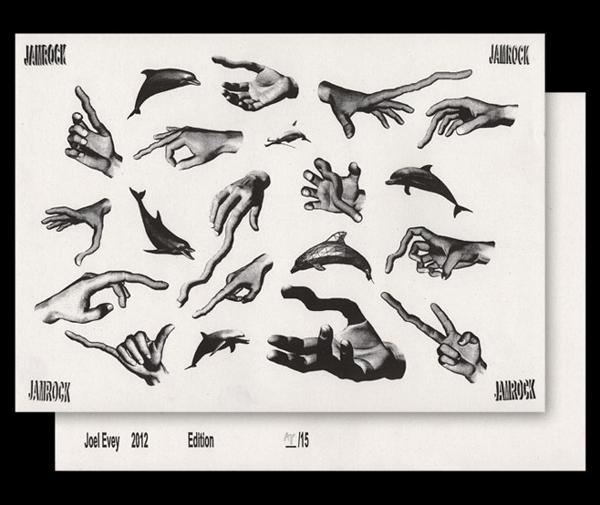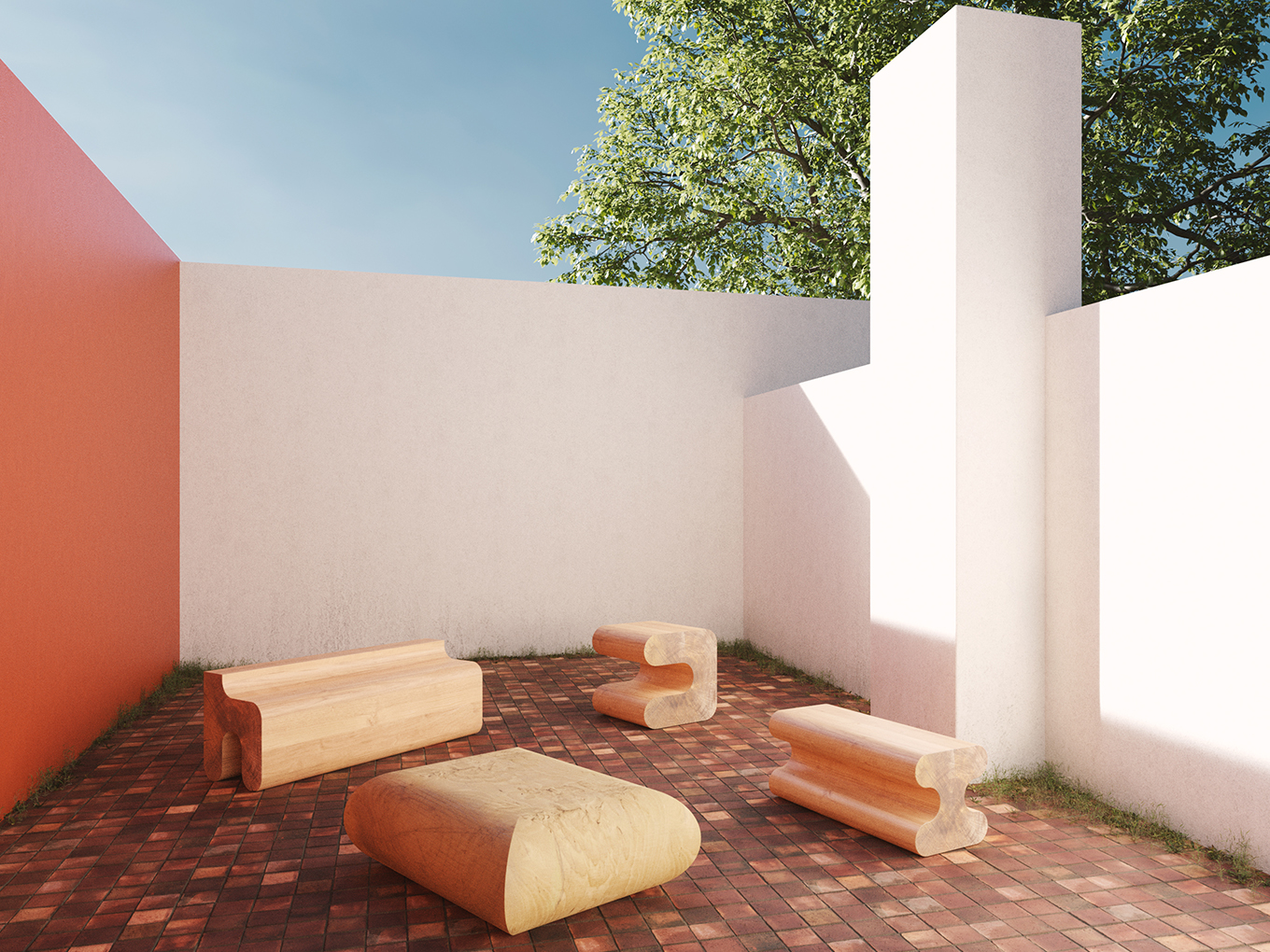
05.25.20
Sight Unseen OFFSITE
Christopher Norman is Turning the Castoff Urban Trees of Los Angeles Into Art
This piece is part of Sight Unseen’s 2020 Offsite Offline coverage. To view Christopher Norman’s virtual booth on Offsite Online, click here.
Los Angeles–based architect and designer Christopher Norman’s new collection of hand-machined minimal forms resists standardization. His untitled “extrusions” in ash and cedar and pine riff on a hardware aesthetic, while maintaining the organic ethos seen in much of his other, more fluidly-shaped work. Forgoing pre-cut lumber, Norman uses wood from freshly cut trees. “If you’re working with commercial wood, you get a very normalized look and set of proportions. It’s basically highly mediated,” he explains. By collaborating with arborists, Norman collects urban trees being dispatched in L.A., “street trees or trees on people’s property.” Using single hunks of wood — he never glues or joins pieces together — he’s able to show the variety and character across different woods even of the same species and give a true “snapshot” of each tree. “You just have this incredible variety of wood. These trees have all sorts of different conditions when they’re growing, it makes them really unique.”
RENDERINGS BY CHARLOTTE TAYLOR & VICTOR ROUSSEL
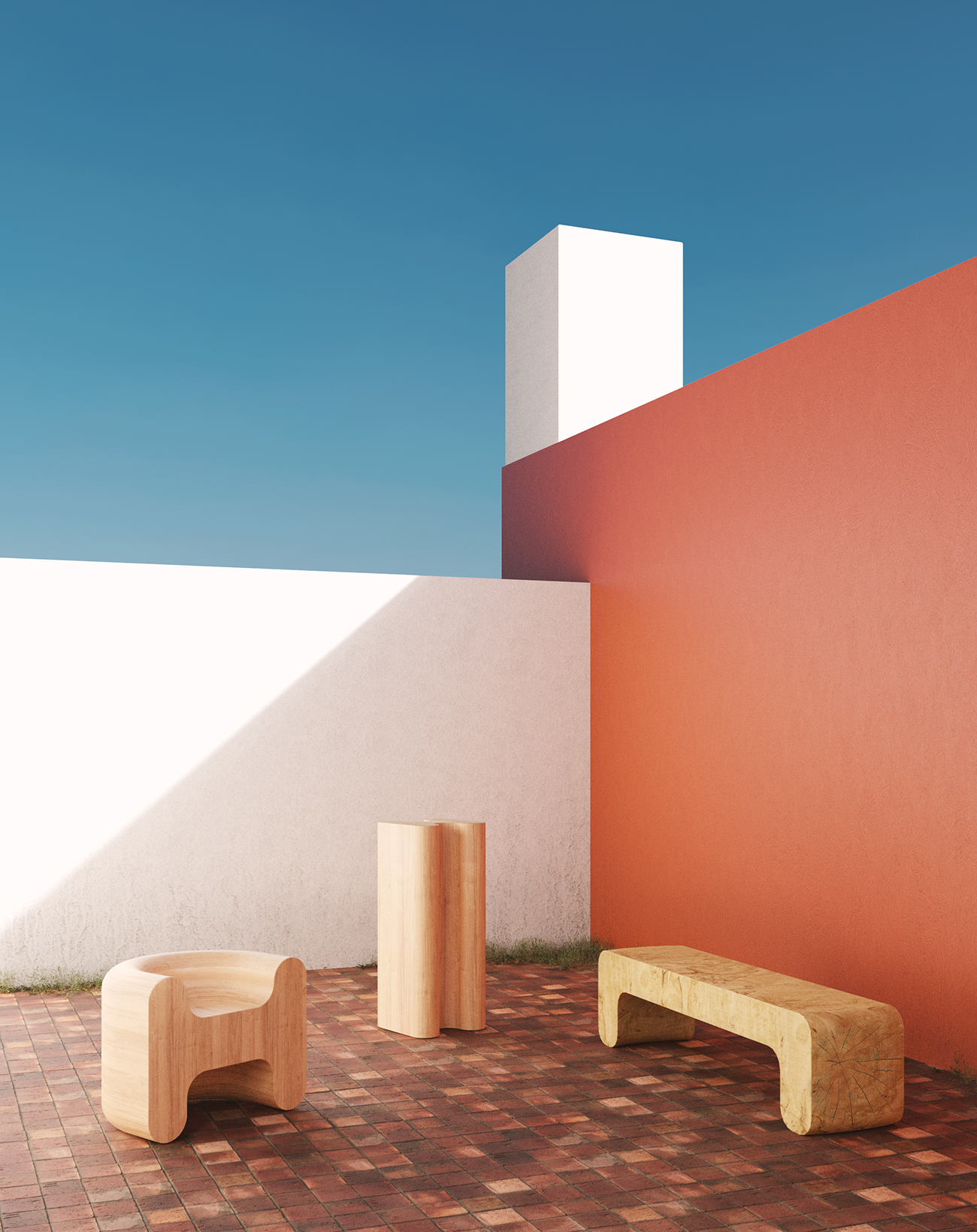
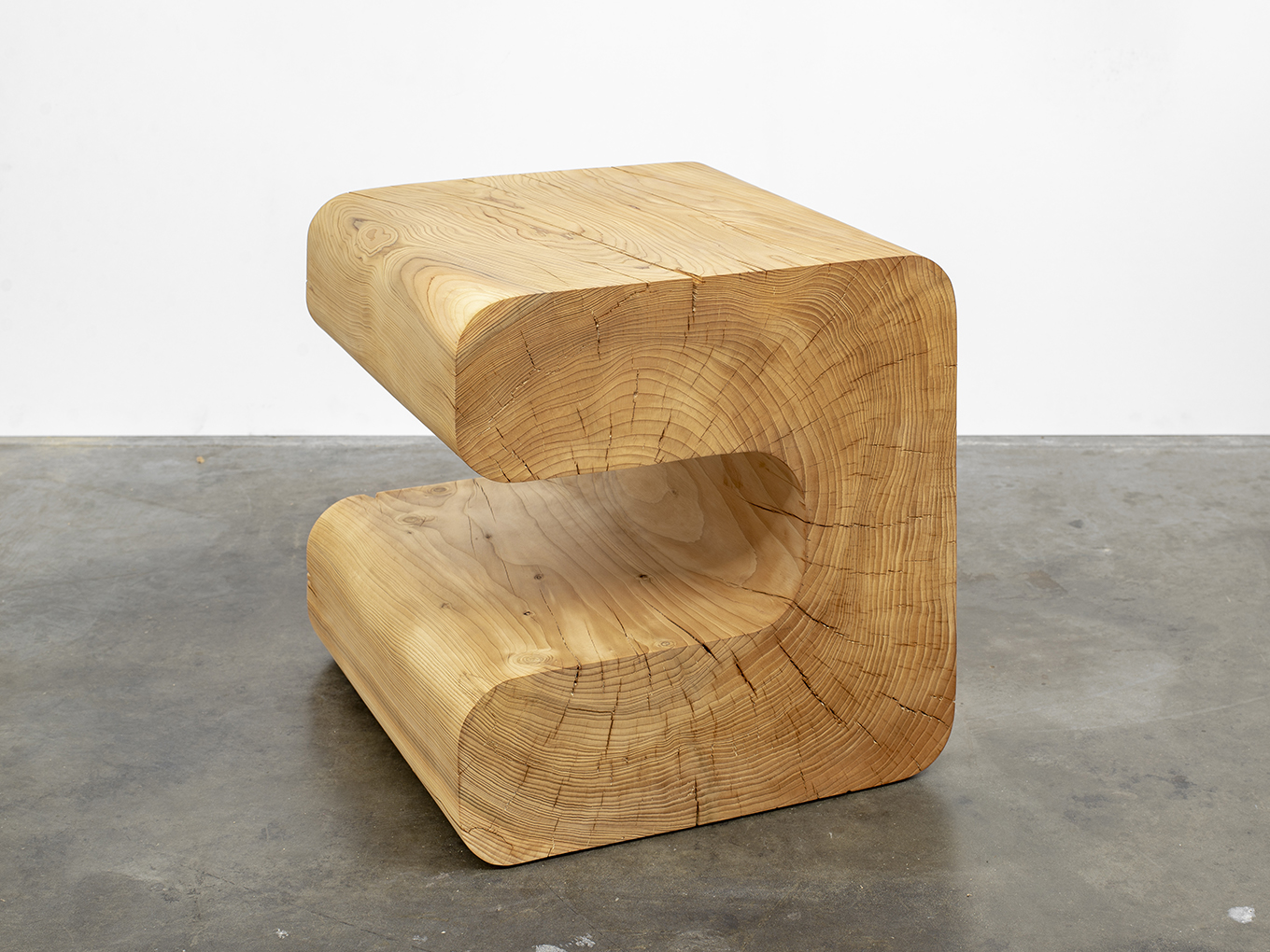
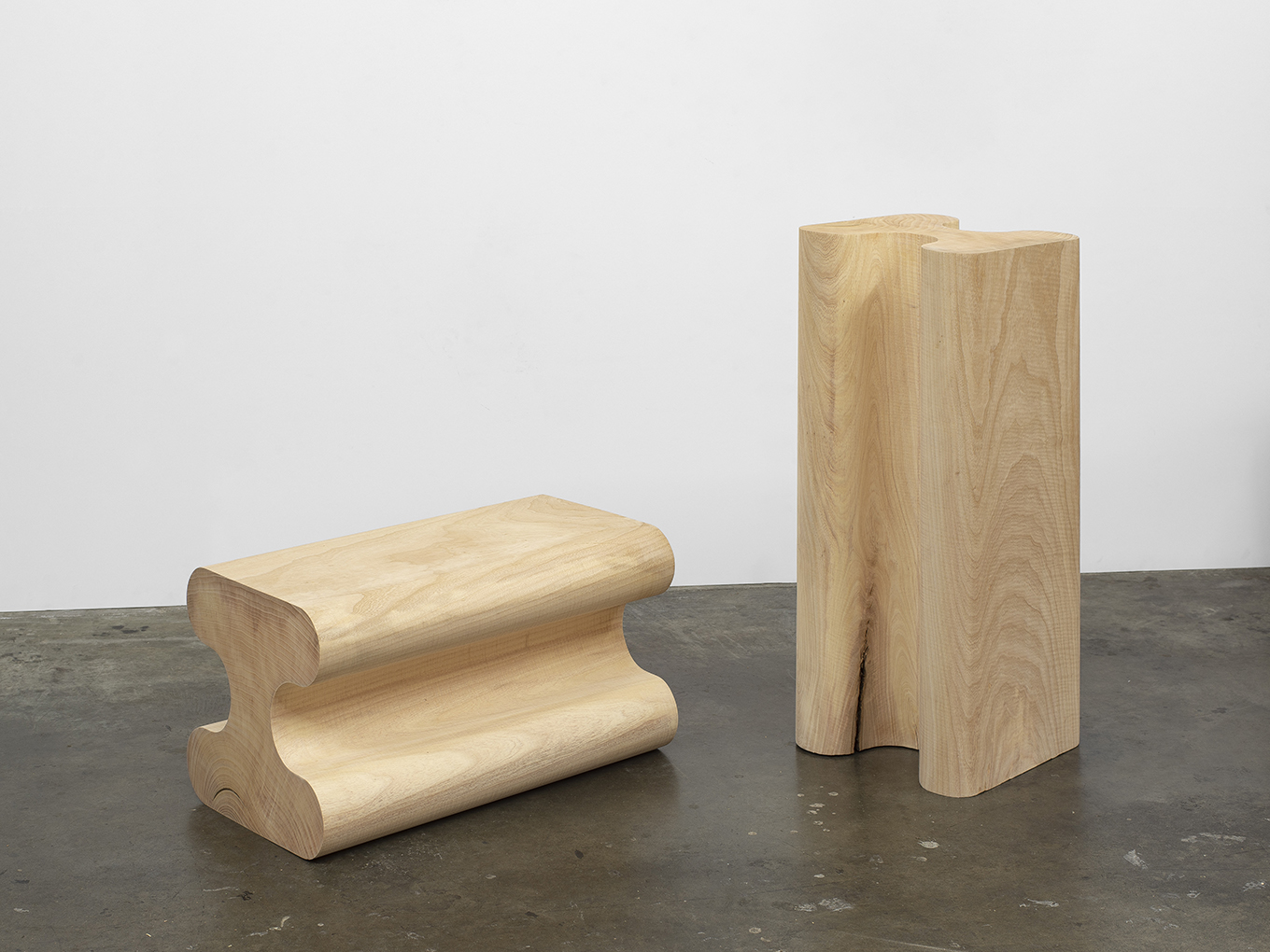
While his recent work is reminiscent of forms that we might imagine extruded in plastic or bent in aluminum like brackets and beams, Norman’s process to create these objects is entirely subtractive. “It’s really fun to start with something that’s 1,000 pounds and then make something that’s 200 or 300 pounds out of that,” he says. The castoff wood goes to urban farmers located throughout L.A.
There’s a tension between mechanization and craft that runs throughout Norman’s project for Offsite. These minimal forms are made from highly organic matter, each with a unique texture. And, while they might appear to have been cut with a CNC saw, Norman himself shapes each object with a WWII-era military mill — a “giant machine” traditionally used to make molds. “I’m looking at the relationship between a plant and industrial machine,” he explains of his process. Given the fact that he’s crafting each object himself and that their weights and sizes bear a certain relation to the human body, there is an additional exploration of how we interface with the act of manufacture, a circuit between plant, human, and machine that is distilled in each sculptural piece.
The objects also have a temporal dimension. While they are mostly coated with an organic-appearing finish of linseed oil or wax, the variable properties of the uniquely sourced wood — such as its moisture content — means that each design adapts and shifts slightly, till it finds equilibrium with its environment. “Each piece will look different after I’m done working with it, even with a finish. It goes from plant to machine, back to plant in a way.”
